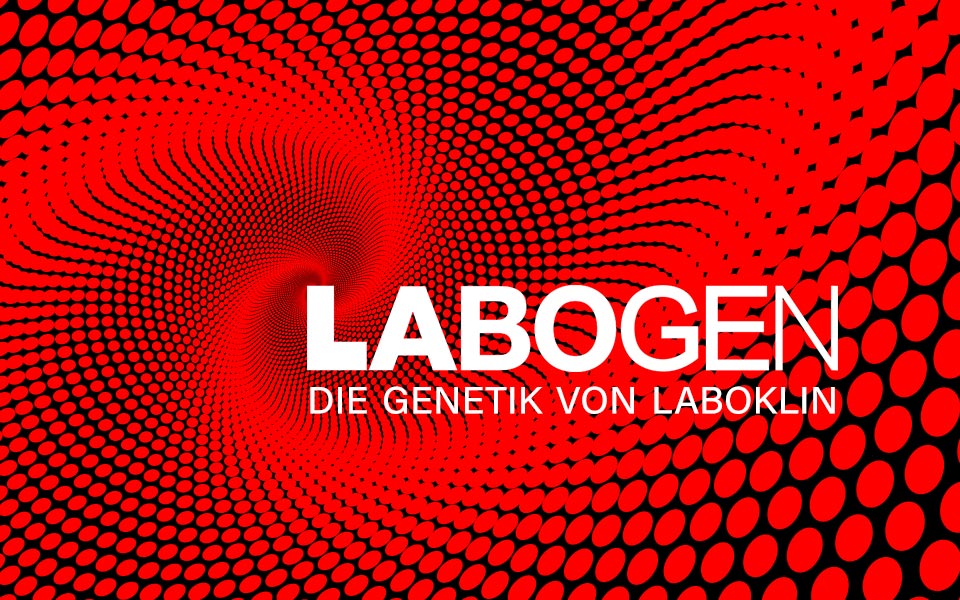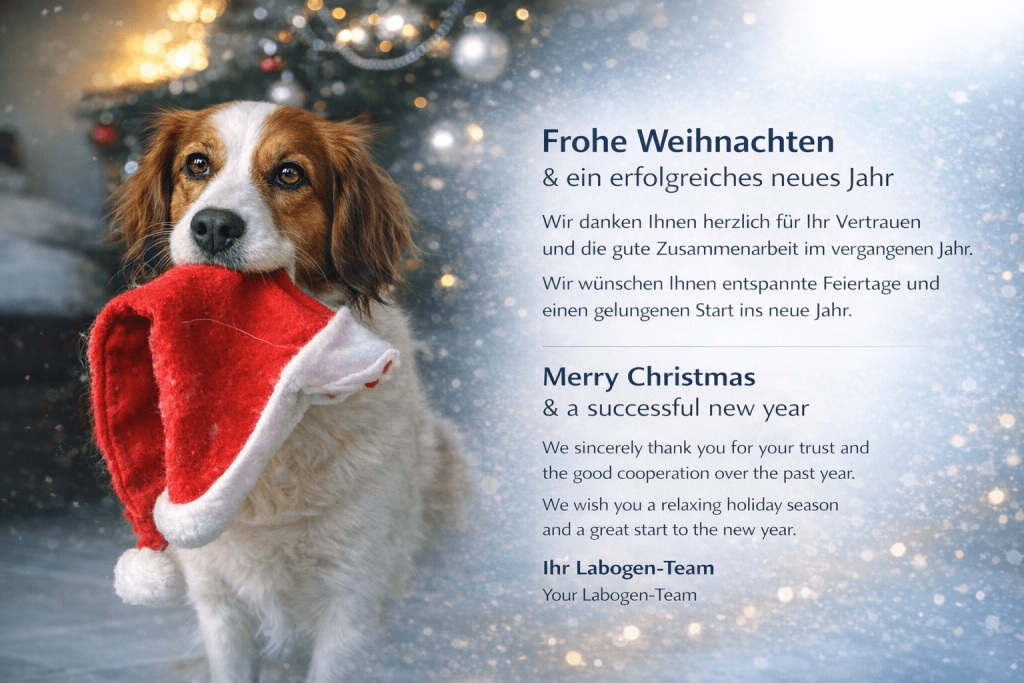Upper airway syndrome (UAS)
Upper airway syndrome (UAS)
General description
While brachycephalic dogs are predisposed to the Brachycephalic Obstructive Airway Syndrome (BOAS), the Upper Airway Syndrome (UAS) could often be observed at dogs of the breed Norwich Terrier. Respiratory effort, resulting in laboured breathing, intolerance to heat or exercise, cyanosis and collapse are typical symptoms of both syndromes (UAS and BOAS). In the breed Norwich Terrier, a variant in the ADAMTS3 gene could be found to be associated with the UAS. Homozygous affected dogs of UAS often show an elongated soft palate protruding caudally into the epiglottis, the laryngeal cartilage is inverted into the lumen of the airway and the laryngeal saccules are everted.
Breeds
Norwich Terrier
Order details
| Test number | 8391 |
| Abbreviation | UAS |
| Sample material | 0.5 ml EDTA blood, 2x cheek swab, 1x special swab (eNAT) |
| Test duration | 7-14 working days |
Test specifications
| Symptom complex | respiratory |
| Inheritance | autosomal recessive |
| Causality | causally |
| Gene | ADAMTS3 |
| Mutation | C-T |
| Literature | OMIA:001893-9615 |
Detailed description
The Norwich Terrier is considered to be a “mesocephalic” breed. While brachycephalic dogs are predisposed to the Brachycephalic Obstructive Airway Syndrome (BOAS), the Upper Airway Syndrome (UAS) could often be observed at dogs of the breed Norwich Terrier. Respiratory effort, resulting in laboured breathing, intolerance to heat or exercise, cyanosis and collapse are typical symptoms of both syndromes (UAS and BOAS). In the breed Norwich Terrier, a variant in the ADAMTS3 gene could be found to be associated with the UAS. Homozygous affected dogs often show an elongated soft palate protruding caudally into the epiglottis, the laryngeal cartilage is inverted into the lumen of the airway and the laryngeal saccules are everted.




